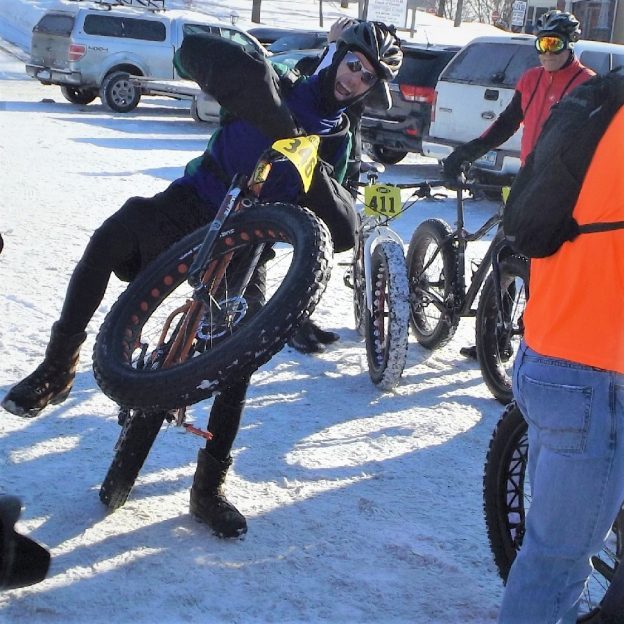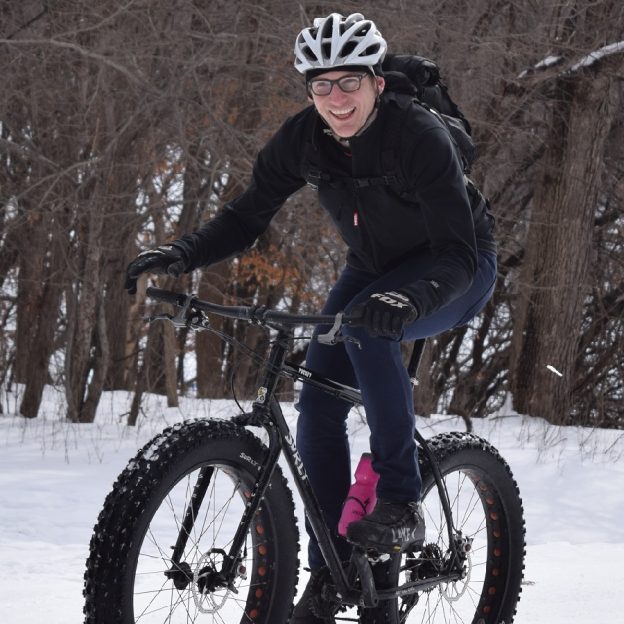Tag: winter riding
-

Winter riding fun with these easy cold weather tips
I can’t fight it any longer; my powers of denial are only so strong. Despite my best efforts, a change is coming, and I can do nothing to stop it. That’s right, winter is here. We just experienced a real cold snap, and snow is coming. While I can’t stop the cold elements from hitting…
-
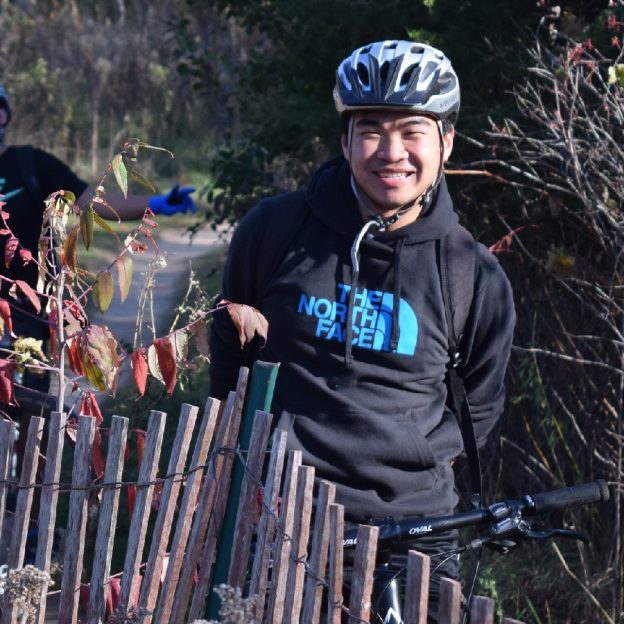
Bike Pic, Nov 29, it’s a turkey burner Friday, shred some trails
Shred some trails and calories this turkey burner Friday,
-
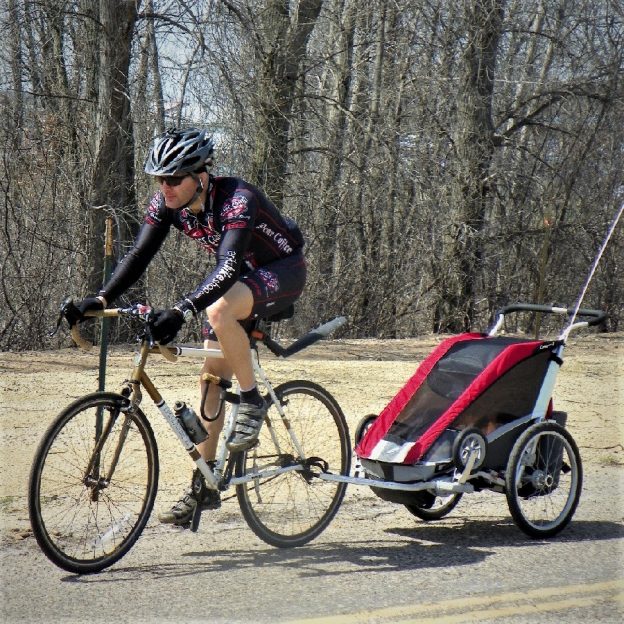
Bike Pic Nov 2, a peaceful Saturday morning bike ride with junior
This Saturday, bundle up junior and get him conditioned for the cooler weather ahead.
-
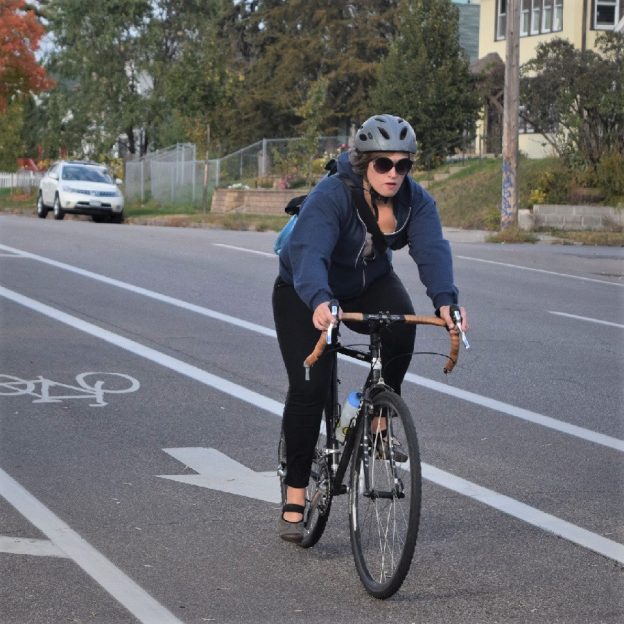
Make a resolution? It could be your best bike year ever!
After all the presents are opened, and the last cookies disappear, many of us focus on the year ahead. More specifically, many of us begin the annual task of developing New Year’s resolutions for ourselves. Why not resolve to make this year your best year for bike riding by starting now?
-
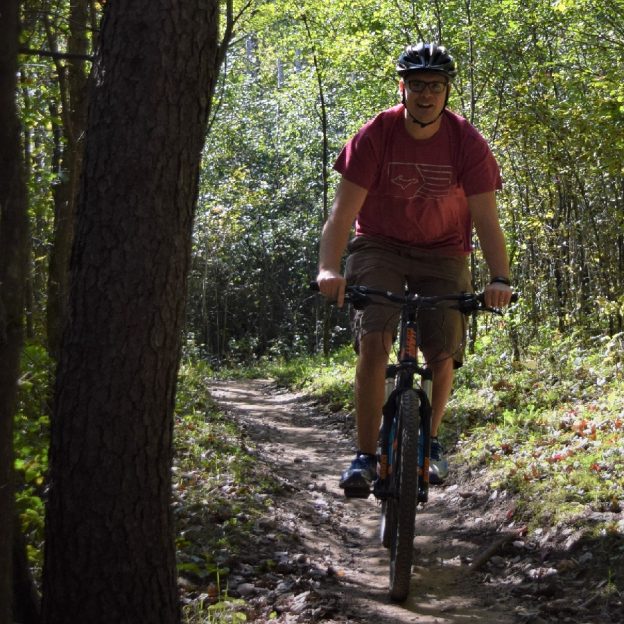
First thoughts and impressions of Sealskinz Socks
It was impossible to miss the Sealskinz booth at Interbike this year. There in the center of the exhibit was a huge tub of water with a woman standing in the middle wearing nothing on her feet but socks! When I asked if her feet were wet or cold, she responded casually “nope, I’ve been…
-

Mountain bike hacks: fat bike tips and tricks for winter fun!
For many of us, riding off road through the winter is impossible without a fat bike. Our trails get covered with snow in December and don’t see the light of day again until April. Here are a few quick and easy hacks to riding fat bikes that will get you enjoying the snow in no…

